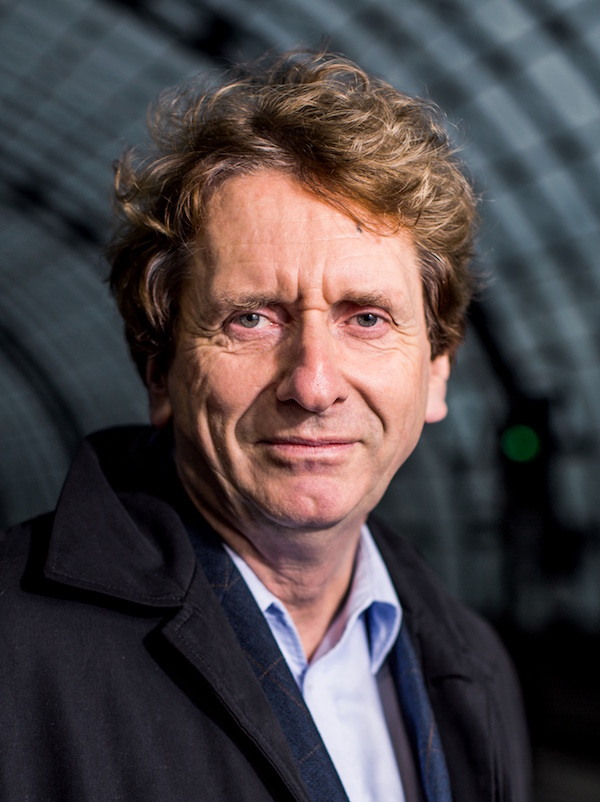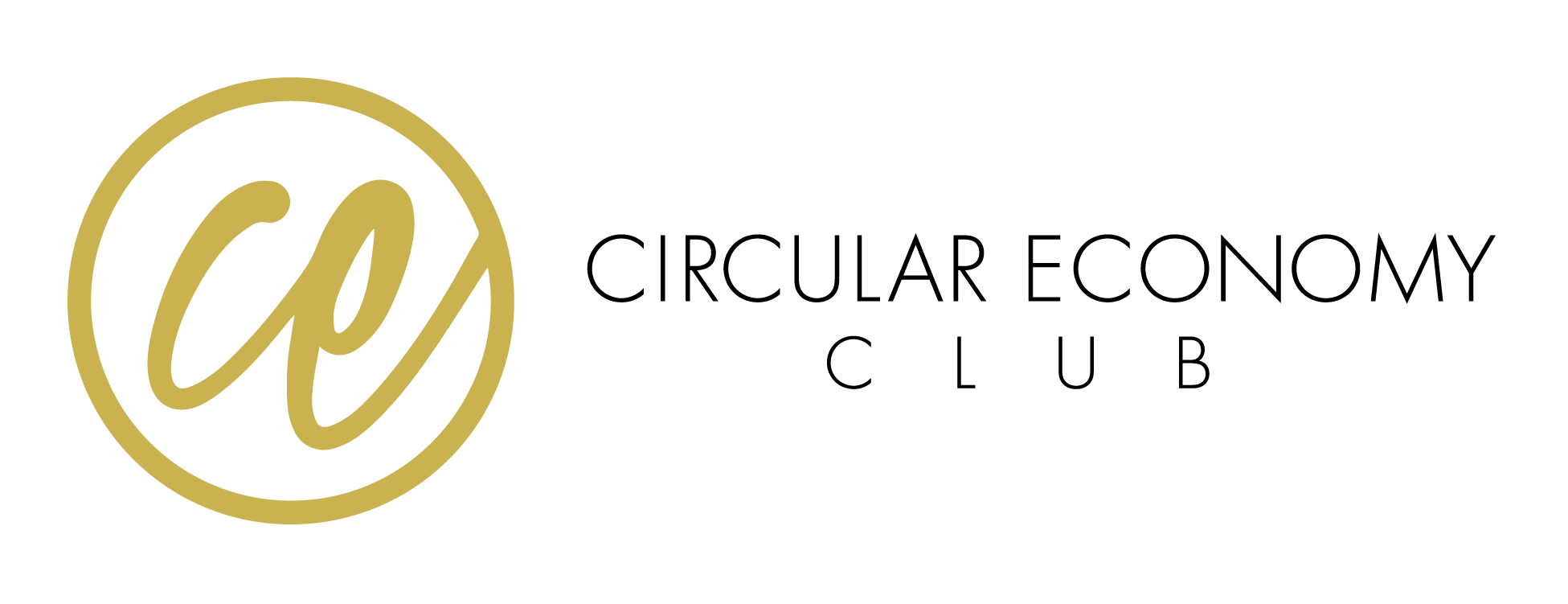CEC GUEST MENTOR
At the Circular Economy Club (CEC) we believe it is crucial to connect senior experts on the circular economy with those trying to disrupt the world with their circular projects. Parallel to the on-going CEC Mentors program, the club is running a series of Mentorship opportunities with the world’s leading circular economy thinkers who join the program as Guest Mentors.
From 20th November 2018 to March 20th 2019, CEC offered the opportunity for a promising talent to apply to receive 1-on-1 mentoring from Prof. Dr. Michael Braungart, one of the fathers of the cradle to cradle framework.
The competition was targeted to reach cradle to cradle and circular economy researchers and entrepreneurs with specific questions to pose to Prof. Dr. Braungart. The winner of the CEC Mentoring session with Prof. Michael Braungart is Patrick Wilkie, who is finding circular solutions for temporary settlements Congratulations Patrick!
CEC teamed up with Prof. Dr. Michael Braungart in a #CECMentors opportunity. On the first week of April 2019 we are announcing the winner of this exclusive opportunity, Prof. Braungart will be able to point the winner in the right direction, helping her or him tackle specific cradle to cradle and circular-related challenges in a 40 minute-long video-conference mentoring session.
 Prof. Dr. Michael Braungart is a chemist and widely known for his work with the Cradle to Cradle design concept, which he developed together with the American architect William McDonough. As founder of EPEA Internationale Umweltforschung GmbH (1987 in Hamburg, Germany) and co-founder of McDonough Braungart Design Chemistry (1995 in Charlottesville, Virginia) he has pushed forward the implementation of Cradle to Cradle by promoting innovation, positivity and quality in product design. Michael Braungart also co-founded the Hamburg Environmental Institute (HUI) in 1989, a non-profit scientific research institute focusing on environmental solutions.
Prof. Dr. Michael Braungart is a chemist and widely known for his work with the Cradle to Cradle design concept, which he developed together with the American architect William McDonough. As founder of EPEA Internationale Umweltforschung GmbH (1987 in Hamburg, Germany) and co-founder of McDonough Braungart Design Chemistry (1995 in Charlottesville, Virginia) he has pushed forward the implementation of Cradle to Cradle by promoting innovation, positivity and quality in product design. Michael Braungart also co-founded the Hamburg Environmental Institute (HUI) in 1989, a non-profit scientific research institute focusing on environmental solutions.
Learn more about Prof. Braungart
Get to know Prof. Braungart in the “Changemaker” documentary (broadcasted in September 2016),
which gives insights into his work with the Cradle to Cradle design concept.
ABOUT CRADLE TO CRADLE
The identification of suitable materials for products and processes is a fundamental step in the development of a Cradle to Cradle® product. One first step is finding and defining the constituent materials used in the manufacture of a product. This forms the beginning of a product redesign or the development of a new product concept. Using an ABC-X-categorization, all constituent materials are then evaluated. The process of evaluation according to Cradle to Cradle® is based on the following steps:
- Collection and identification of products and their constituent materials
- Research, using databases and scientific literature, regarding the ecological and toxicological data of individual component parts. This research then forms the basis of an evaluation of any dangers they present
- Consideration of specified scenarios and an estimation of the resultant overall risk of the material
- Recommendation for the safe handling of the product or concerning substance
A recommendation is then made on basis of a classification whereby, A= optimal, B= optimizing, C= tolerable and X= not acceptable.
FEATURED PUBLICATION
BIOGRAPHY
Prof. Braungart’s commitment for environmental protection started in the early 1980s as a scientific advisor and expert for federal authorities, cities and municipalities, primarily as part of the investigation committee on hazardous waste for Lower Saxony. Braungart managed the set-up of the department of chemistry for the non-profit organization Greenpeace and supported the establishment of the Greenpeace office in Germany, while he received his Ph.D. at the University of Hannover at the Department of Chemistry in 1985. From his work at Greenpeace, which revealed environmental problems to large parts of the population, the need for solutions was reinforced.
Read the full biography here.
